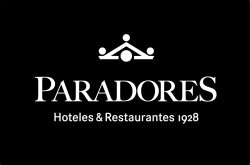Description
Parador de Javea - Modern hotel facing Mediterranean (4*)
The Parador de Jávea is neatly nestled between two headlands of the Mediterranean Sea to the North of the Costa Blanca. It is set a few metres from El Arenal beach with stunning sea views and picturesque gardens. This contemporary Parador is ideally situated for those wishing to pursue a coastal holiday whilst enjoying the elegance a Parador can offer.
Light and airy, the Parador has a refreshing and welcoming feel. This echoes that of its location next to the inviting Mediterranean Sea. It provides stunning views of the coastline, which can be enjoyed from various points the Parador has to offer.
Guests can relax with a stint in the sauna, a dip in the swimming pool, or for those feeling a little more energetic, a session at the gym. Afterwards, you can make your way to the restaurant gardens and sample the local delicacies prepared by the excellent Parador chefs whilst enjoying the stunning scenery. After your meal, why not wander down the pathway in the garden towards the water’s edge to enjoy the beautiful landscape from a closer viewpoint.
The Parador de Jávea’s rooms are spacious with many featuring balconies and excellent sea views.
Keytel Tip
Almost all standard rooms at this Parador have sea views so you can upgrade to a larger room but you should not need to upgrade just to obtain great views.



Add a comment